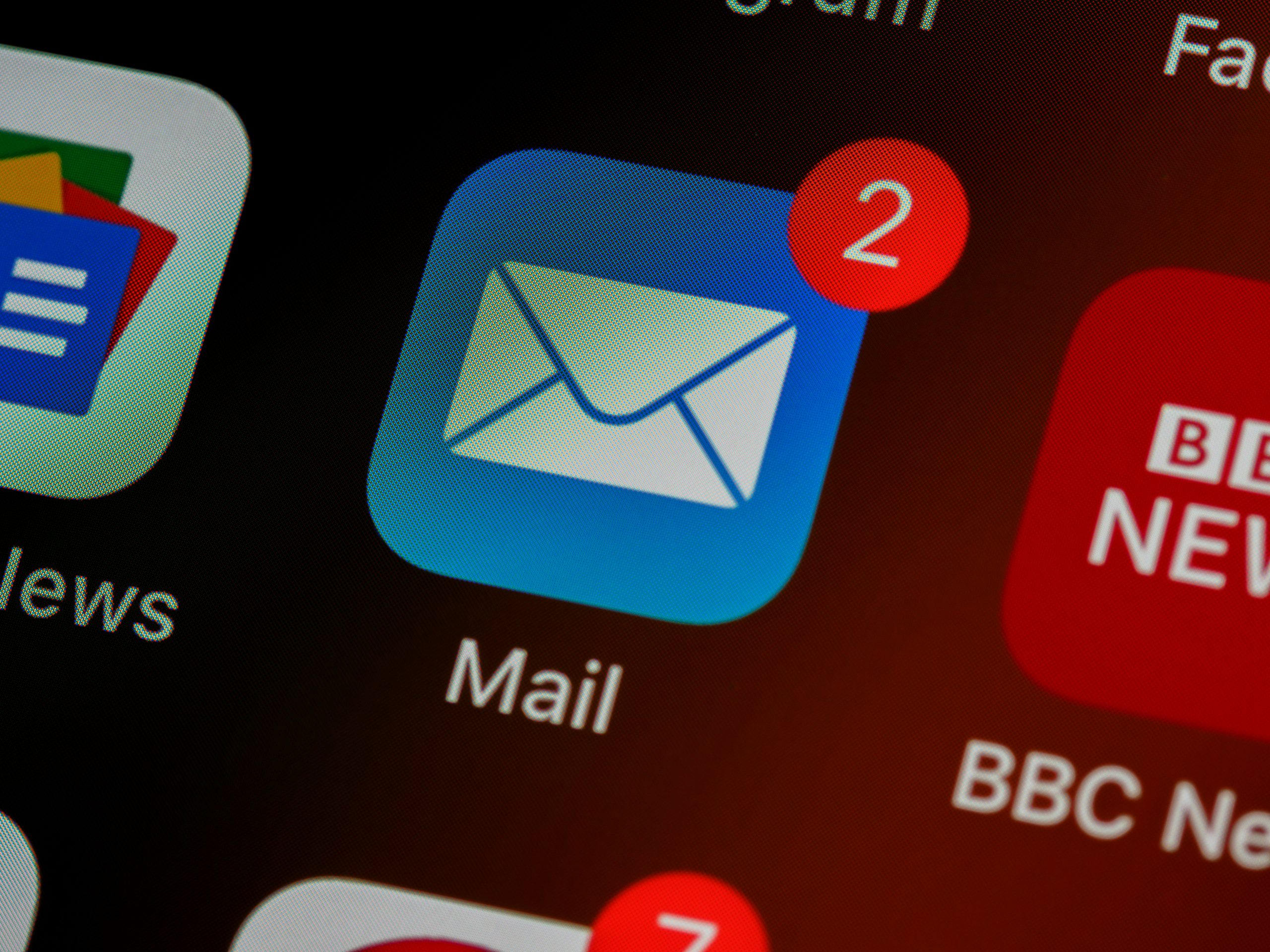How to Actually Use Banking Email Lists for Customer Retention

Why Most Banks Get Email Retention Wrong
Customer retention in banking means keeping the customers you already have instead of constantly chasing new ones. This isn’t revolutionary—acquiring a new banking customer costs five to seven times more than keeping an existing one. Bain & Company found that a 5% bump in retention can boost profits by 25% to 95%. Yet most banks still treat email like a megaphone rather than a conversation.
Here’s the thing: email delivers a $36 ROI for every dollar spent, but only when you’re not annoying people. I’ve watched banks blast the same promotional garbage to their entire list and wonder why engagement tanks. The institutions that actually retain customers? They use email to stay relevant in people’s financial lives, not just to push products.
Building Email Lists That Don’t Suck
Start With People Who Actually Want to Hear From You
Forget buying lists. It’s not just legally questionable under GDPR and CAN-SPAM—it’s also useless. Your email list should grow organically through account openings, online applications, and branch interactions. Make the value exchange obvious: “Give us your email, we’ll send you fraud alerts and money-saving tips.”
Chase does this well. They don’t promise vague “updates”—they tell you exactly what you’re signing up for: transaction alerts, personalized financial tips, security notifications. Clear expectations mean fewer unsubscribes later.
Your CRM should talk to your email platform in real-time. Does the customer open a savings account? That triggers a new segment assignment. Do they stop using their credit card? Another segment. This isn’t optional if you want relevance at scale.
The Legal Stuff You Can’t Ignore
GDPR violations cost up to €20 million or 4% of global revenue, whichever hurts more. CAN-SPAM fines reach $43,280 per email. You need explicit consent for marketing emails—not buried in terms of service, but actual “yes, send me emails” checkboxes.
Keep records of how and when you got consent. Make unsubscribe links work. Separate transactional emails (account statements) from marketing (promotional offers). This sounds basic, but I’ve seen major banks screw it up.
Segmentation That Actually Matters
Stop sending the same email to everyone. Your high-value clients with $500K in assets don’t need the same message as someone with a basic checking account. New customers need onboarding, not product promotions. Dormant accounts need win-back campaigns, not “exciting updates.”
But demographic segmentation is just the start. Behavioral segmentation is where retention really happens. Someone who travels internationally twice a month needs different communications than someone who never leaves their ZIP code. Wells Fargo figured this out—their new customer onboarding adapts based on which features people actually use.
The most sophisticated approach? Stack multiple segments. A 40-year-old high-value customer who just searched “college savings” on your website is a segment of one, essentially. Send them content about 529 plans and education lending, not generic retirement advice.
Writing Emails People Want to Read
Personalization Beyond First Names
Inserting [FirstName] in subject lines isn’t personalization. Real personalization uses transaction data, browsing behavior, and life stage indicators to deliver genuinely useful content.
Bank of America’s Erica analyzes spending patterns to send savings recommendations. Heavy dining expenses? Get tips on redirecting that money to savings goals. That’s personalization that actually helps.
Look, segmentation means nothing if your content still sucks. Educational content works because it positions you as an advisor, not a sales machine. Marcus by Goldman Sachs built their growth on detailed articles about retirement savings, credit improvement, and financial planning, with product mentions kept subtle.
Content That Doesn’t Feel Like an Ad
The best retention emails solve problems or provide value before asking for anything. Tax season advice, year-end financial reviews, holiday spending tips—these demonstrate you understand customer needs beyond “please buy more products.”
When Capital One launched virtual card numbers, they led with “protect yourself from online fraud,” not “check out this cool feature.” Benefit-first messaging always wins.
But let’s be real—you’re still a bank, not a charity. Exclusive offers work when they’re actually exclusive. Early access to new CD rates, bonus interest for email subscribers, and invitations to financial planning workshops. These create tangible reasons to stay subscribed.
Design for Mobile or Die
Sixty percent of emails are opened on mobile devices. If your emails look terrible on phones, you’re losing more than half your audience. Single-column layouts, giant touch-friendly buttons, concise subject lines under 40 characters. TD Bank nails this—essential info appears immediately, CTAs work perfectly on any screen size.
Interactive elements boost engagement when done right. Embedded calculators, spending category sliders, or simple polls about financial priorities. American Express lets customers explore spending summaries directly in emails without leaving their inbox. Smart.
Automation That Doesn’t Feel Robotic
Drip Campaigns for Every Lifecycle Stage
Welcome sequences set the tone for everything. Ally Bank’s onboarding series progressively introduces features: account confirmation, mobile app tutorial, security overview, additional services, and 30-day check-in. It’s structured but doesn’t feel like a robot wrote it.
Re-engagement campaigns catch customers before they ghost you. Decreased transaction frequency? No app logins for 60 days? Trigger a “we’ve noticed you haven’t logged in—need help?” email before they become fully dormant.
Milestone celebrations create emotional connections beyond transactions. Anniversary emails, congratulations when savings goals are hit, and recognition of mortgage payoffs. These moments offer natural opportunities to suggest next steps—maybe investment services after paying off that mortgage.
Behavioral Triggers That Actually Trigger
A customer applies for a loan but abandons the application. Automated follow-up offering assistance. Large unexpected deposit? Information about higher-yield options. International transaction? Travel-friendly services.
The key is balancing automation with personalization. Triggered emails should feel individually crafted even when they’re automated. Reference specific products they own, use their preferred channel, and acknowledge their tenure. It’s doable at scale with decent technology.
Measuring What Actually Matters
Open rates (banking average: 25-30%) measure subject line appeal more than campaign success. Click-through rates (3-4% average) show real engagement. But conversion rates—applications started, products acquired, dormant accounts reactivated—those connect email to business outcomes.
Here’s what most banks miss: track retention-specific metrics. Customer lifetime value increases, churn rate reductions, and products per customer. HSBC tracks micro-conversions (clicked to learn more), mid-level conversions (started application), and macro-conversions (completed purchase) to understand the full journey.
A/B Testing Without the Guesswork
Test everything. Subject lines with dollar amounts (“Save $500”) beat percentage-based ones (“Reduce 0.5%”) by 18% in Citibank’s testing. “Apply now” performs differently than “See if you qualify” or “Get started.”
Timing tests reveal surprising patterns. Saturday morning emails sometimes outperform weekday sends for certain segments. Early morning works for high-value clients, evenings for younger customers. You won’t know until you test.
Advanced Moves for Serious Retention
AI That Actually Helps
JPMorgan Chase uses predictive analytics to identify which checking customers will want investment services in the next six months—85% accuracy. That enables educational campaigns that warm prospects before any sales push.
Machine learning analyzes transaction history, account balances, life events, and engagement patterns to predict churn risk, product readiness, or customers facing financial stress who might benefit from hardship programs.
I’m skeptical of most AI hype in banking, but predictive send-time optimization works. Instead of blast-sending at 9 AM Tuesday, AI determines when each customer typically engages. One opens at 7 AM weekdays, another on Sunday afternoons—automated systems handle this at scale.
Omnichannel Without the Buzzword Bloat
Email shouldn’t exist in isolation. Bank of America synchronizes campaigns so email, push notifications, in-app messages, and ATM screens reinforce consistent themes. A customer seeing unrelated messages across channels experiences disconnected service.
SMS handles time-sensitive stuff email can’t: appointment reminders, fraud alerts, expiring offers. Push notifications promote email content: “Your personalized financial review is ready” drives people to detailed emails they might miss otherwise.
What Kills Email Retention Programs
Over-Communication Is Self-Sabotage
People receive 121 emails daily. Sending daily promotions or multiple weekly messages without clear value destroys engagement faster than anything else. I’ve seen banks go from 30% open rates to 8% in six months through sheer volume.
PNC Bank’s preference center lets customers control frequency (weekly, biweekly, monthly) and select topics of interest. Empowering customers reduces unsubscribes while respecting their attention.
Every email should pass the “so what?” test. If your answer is “brand awareness” or “staying top of mind,” don’t send it. Value means solving problems, providing timely information, or offering genuine benefits.
List Hygiene No One Wants to Do
Banking Email lists decay 22% annually. People change addresses, abandon accounts, shift preferences. Ignoring this kills deliverability and sender reputation.
Run re-engagement campaigns before removing inactive subscribers. A “we miss you” series can revive dormant contacts. After 12-18 months of zero engagement, remove them. Hard bounces need immediate removal—they damage the sender’s reputation.
Spam complaint rates above 0.1% warrant investigation. Monitor closely, review campaigns sent to complainants, and fix unsubscribe mechanisms. This isn’t exciting work, but it protects deliverability for everyone else.
The Real Takeaway
Most banks treat email like broadcasting when it should be a conversation. The difference between retention and churn often comes down to whether customers feel understood or bombarded.
Start with one improvement. Maybe it’s implementing a proper welcome series for new customers. Maybe it’s segmenting your list beyond “everyone with an email.” Maybe it’s just cleaning out dead addresses and re-engaging the rest.
The banks winning at retention don’t have magic technology—they respect customer attention, deliver actual value, and use data to stay relevant. That’s harder than buying fancy software, but it’s what works.
And honestly? If you’re sending emails you wouldn’t want to receive yourself, you’re already failing. Use that as your litmus test.


